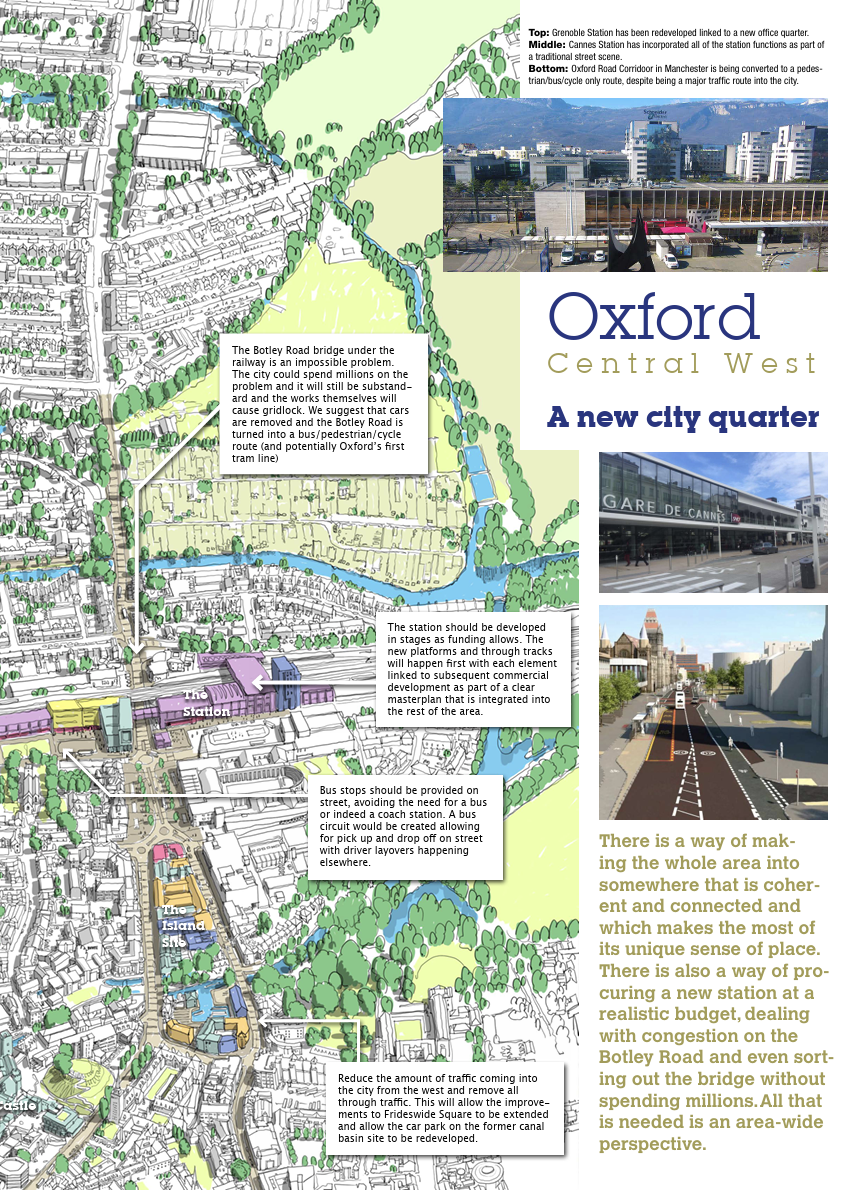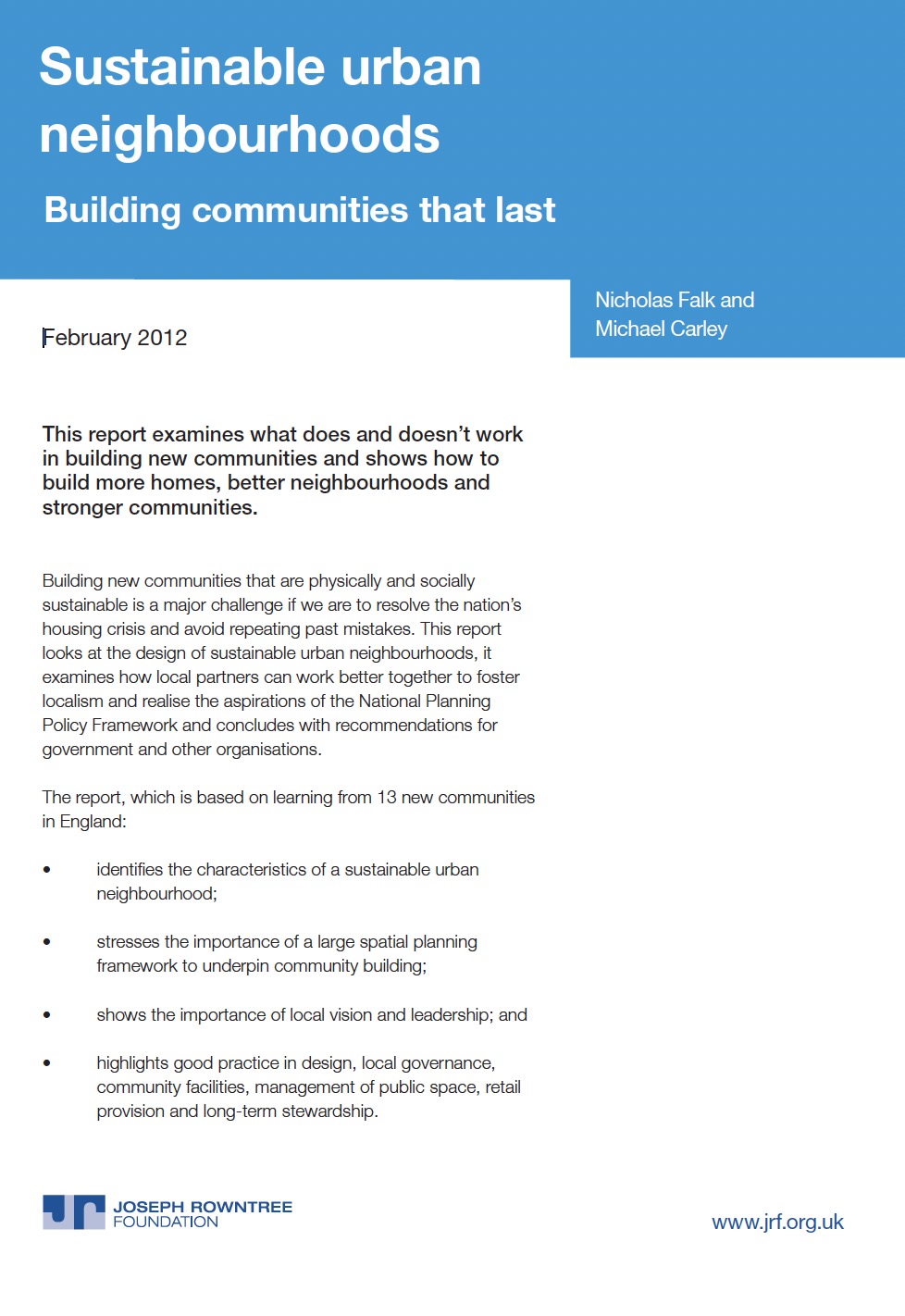Quality of life describes a person’s physical, social and psychological wellbeing. It draws attention to the accumulated impact of the day-to-day, which is the level to which individuals may feel their lives to be happy, active, sociable, interesting and meaningful. It encompasses a multiplicity of desirable conditions that are overlapping and have different scales, but which are partly influenced by the built environment – the buildings and neighbourhoods where people live.
An estimated 10 million people are living in 4.3 million poor-quality homes, resulting in poor health and a reduced quality of life, and the cost of nondecent homes in England to the NHS is around £1.4 billion per annum. Although many new homes are being delivered, too many are built without people’s health and wellbeing in mind, resulting in developments that are of poor quality, badly designed or built in the wrong place.
We should be doing more as a country and society to ensure that no one has poor health just because of the house they live in, and that we create and care for our homes and communities in a way that improve people’s quality of life.





